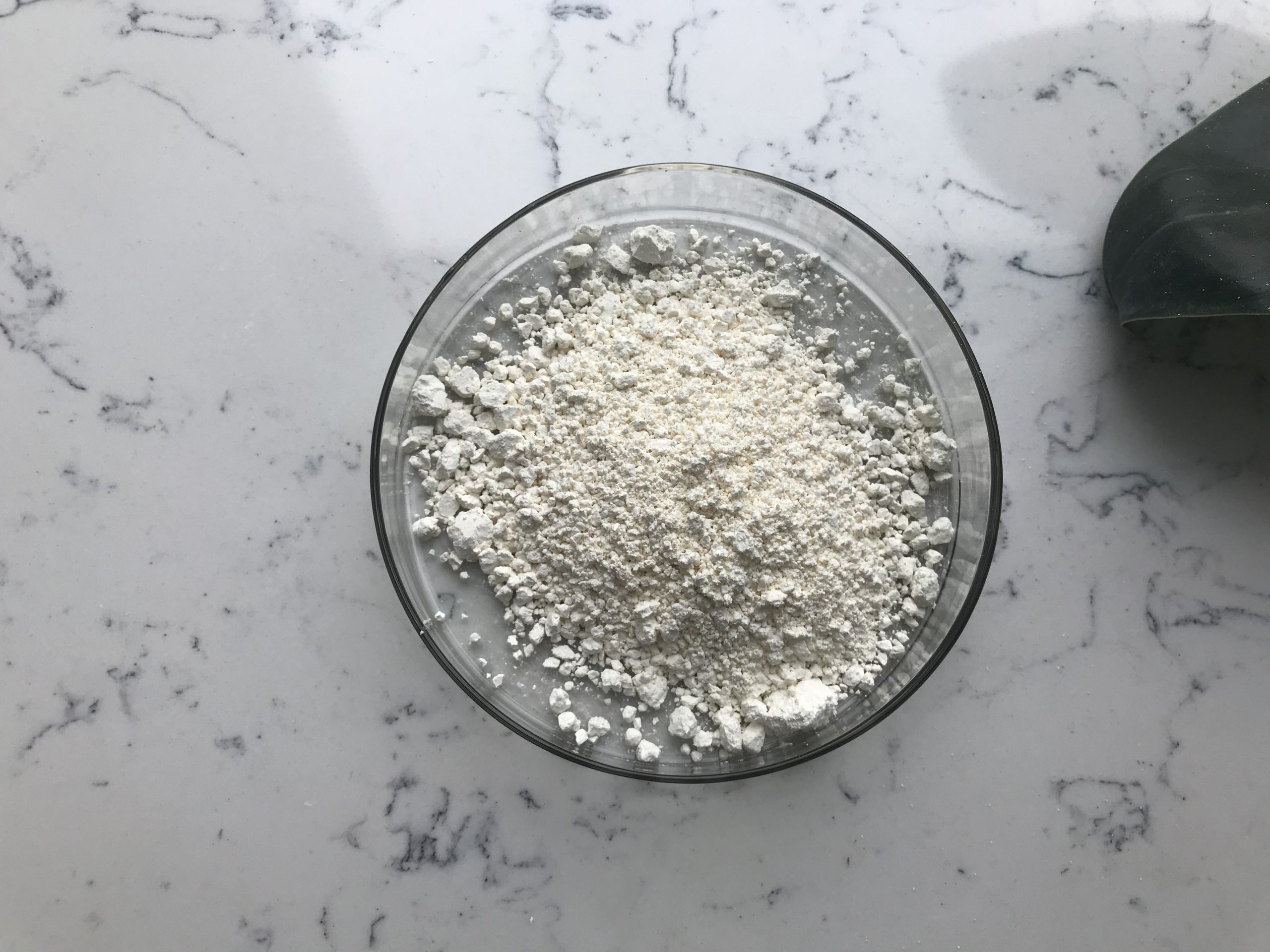Natamycin, also known by its trade name Natacyn among others, is an antifungal medication that is commonly used in the food industry to prevent the growth of yeast and mold in various food products. It is a naturally occurring compound produced by the bacterium Streptomyces natalensis. Natamycin has a long history of use as a food preservative and is generally recognized as safe (GRAS) by the U.S. Food and Drug Administration (FDA) when used in accordance with established regulations.
Natamycin is particularly effective in inhibiting the growth of molds and yeasts, which can spoil food and beverages. It is often used to extend the shelf life of dairy products like cheese and yogurt, as well as in other foods like baked goods, processed meats, and certain beverages.
One of the advantages of natamycin as a food preservative is that it is effective at low concentrations and has minimal impact on the flavor, texture, and nutritional value of the treated products. It is considered a safe and reliable method for preventing fungal contamination in various food items.
In addition to its food industry applications, natamycin is also used in ophthalmology as a topical antifungal medication to treat fungal eye infections, such as fungal keratitis.
It’s worth noting that while natamycin is generally safe for consumption in the amounts used in food preservation, individuals with specific allergies or sensitivities should be cautious, and it is always important to follow food safety guidelines and regulations when using it in food production and processing.

How to use Natamycin?
Natamycin is an antifungal medication that is commonly used in the food industry to prevent the growth of molds and yeasts on various food products. It is generally recognized as safe (GRAS) by the U.S. Food and Drug Administration (FDA) when used in appropriate concentrations. Here are some guidelines on how to use natamycin:
1.Determine the Application:
Natamycin is typically used on the surfaces of various food products to inhibit the growth of molds and yeasts. Common applications include:
- Cheese: Natamycin can be applied as a surface treatment to cheese to prevent mold growth. It is often used on natural rind cheeses like Brie, Camembert, and blue cheese.
- Processed Meats: Some processed meat products, such as sausages and deli meats, may benefit from the use of natamycin to extend shelf life and prevent spoilage.
- Baked Goods: Natamycin can be used in some baked goods, like bread, to prevent mold growth on the surface.
2.Follow Regulatory Guidelines:
Be sure to adhere to the regulations and guidelines set forth by your local food safety authorities, as the use of natamycin may be subject to specific limits and requirements depending on your region.
3.Application Method:
Natamycin can be applied to food surfaces using various methods, including spraying, dusting, or dipping. The choice of application method depends on the specific product and process being used.
4.Concentration:
The concentration of natamycin used will vary depending on the product and the desired level of protection. It is important to use the appropriate concentration to effectively inhibit mold and yeast growth without exceeding regulatory limits.
5.Labeling:
When using natamycin in food products, it’s essential to follow labeling regulations. Clearly indicate the presence of natamycin in the ingredient list, and ensure that the concentration is within acceptable limits.
6.Storage and Handling:
Natamycin should be stored in a cool, dry place, away from direct sunlight and moisture. Follow the manufacturer’s instructions for proper handling and storage.
7.Safety Precautions:
Natamycin is generally considered safe for use in food when used within recommended limits. However, it’s essential to follow safety precautions and ensure that it does not come into direct contact with consumers.
8.Testing and Monitoring:
Regularly monitor the effectiveness of natamycin in inhibiting mold and yeast growth on your food products. Conduct appropriate testing to ensure that it is performing as expected.
It’s crucial to consult with food safety experts or regulatory agencies in your area to ensure that you are using natamycin correctly and in compliance with all applicable regulations. Additionally, consider consulting with a food scientist or technologist with expertise in food preservation if you have specific questions or concerns about using natamycin in your food products.
